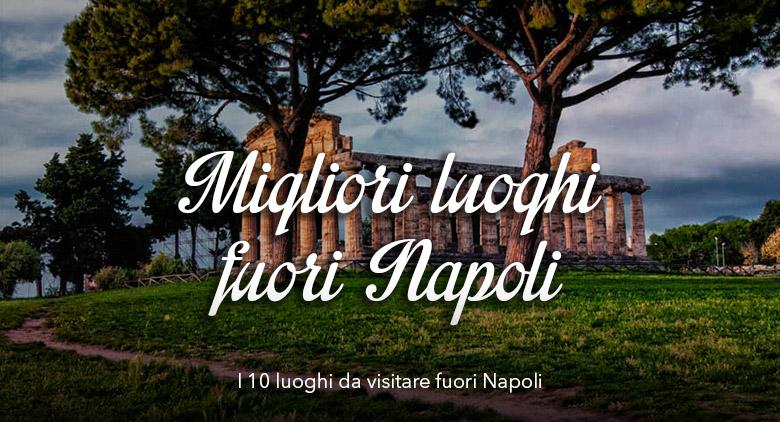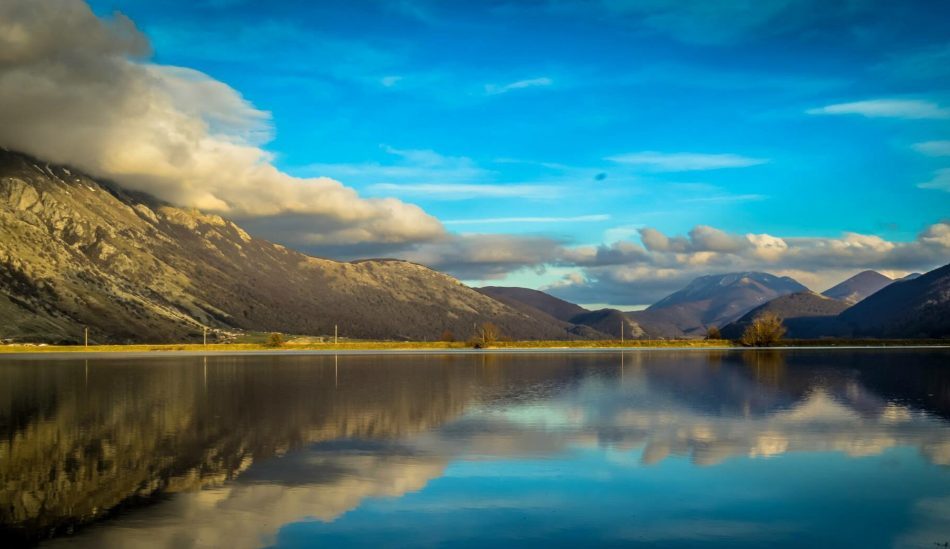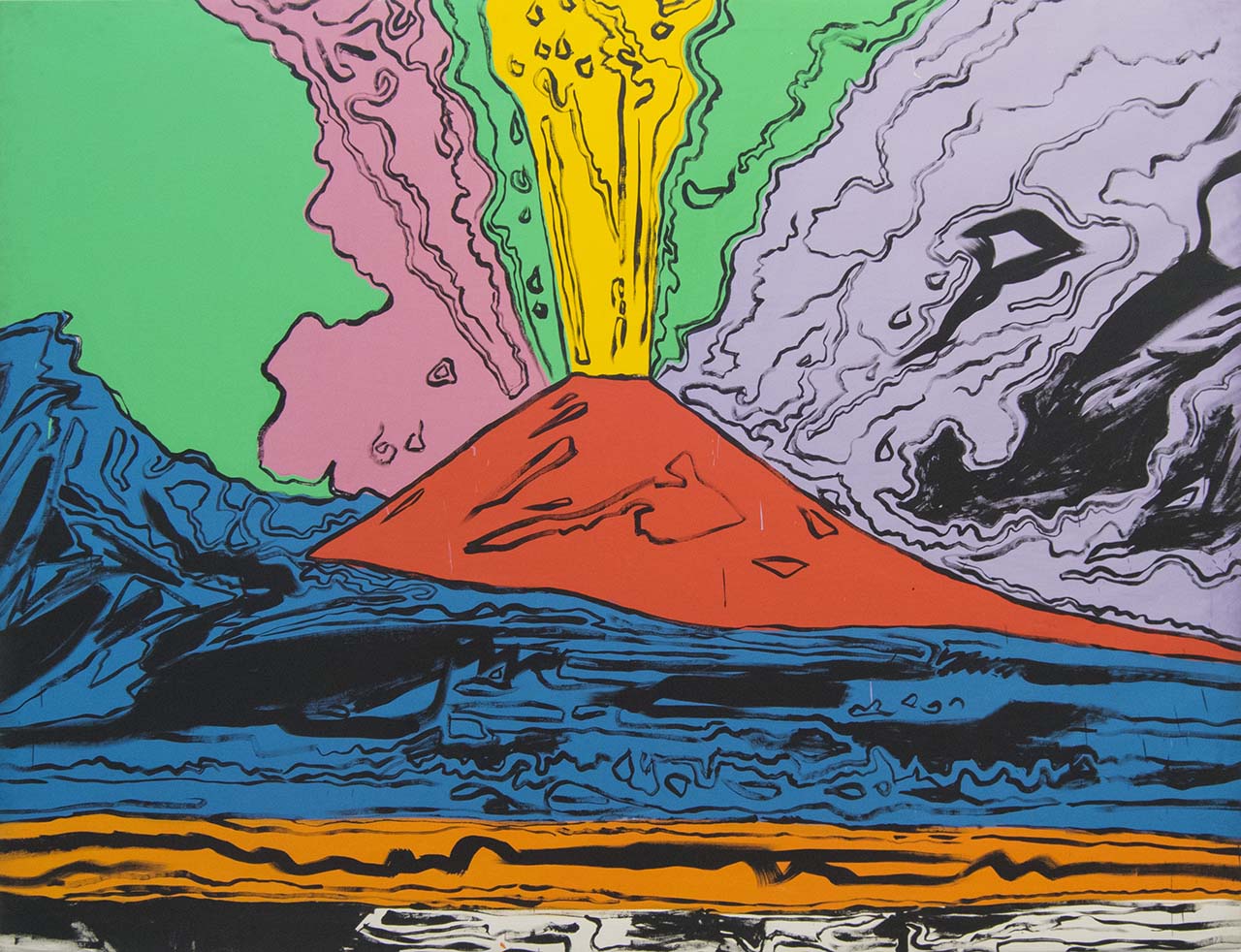
The 10 places to visit in the province of Naples impossible to miss!
Naples and its province are places rich in history and attractions, destinations for many Italian and foreign tourists.
If you decide to spend your holidays in these beautiful places you will be enchanted and will bring with you a sweet memory of the living room.
Not only will you be able to visit many interesting and fascinating places present in the city, but also numerous destinations equally rich in culture, history and traditions in the province.
Below, the 10 most beautiful places to visit in province of Naples.
The Archaeological Park of Paestum

Il Park of Paestum, ituato to the south-east of the Gulf of Salerno has been recognized by UNESCO as a "World Heritage Site". It is an area surrounded by one walls, made of limestone blocks, equipped with 28 towers and 4 main doors: Porta Aurea, Porta Marina, Porta Sirena and Porta Giustizia. Inside the park are visible the three temples of Greek origin, built in honor of Neptune, Athena and Hera.
More information: datasheet on the Archaeological Park of Paesutm.
The National Archaeological Museum of Paestum

Built within the city in the 1952, it is considered one of the most important museums in Italy. Inside you can visit three different sections that tell the story of Paestum from the prehistoric age, continuing in the Greek era and ending in the Roman one. They are invaluable Archaic metope from the excavations of the sanctuary of Hera placed on the Sele and the funerary paintings of the Tomba del Tuffatore.
More information: information on the National Archaeological Museum of Paestum.
The Palace of Portici

It is a historic residence built in the 1738 on the slopes of the Vesuvio, as summer residence of the King Charles of Bourbon and his family. During the excavations for the construction numerous finds were found of the cities of Herculaneum and Pompeii that were placed in a chamber of the palace. This collection of immense historical value has been transferred to the National Archaeological Museum. In the 1872 the Palace and the Park were sold to the Royal Higher School of Agriculture, which founded the gardenBotanical Garden. In 1935 it became the Faculty of Agriculture of the University of Naples Federico II.
More information: card on the Palace of Portici
The Royal Palace of Caserta

The Royal Palace of Caserta, commissioned by King Charles III Di Borbone, is the largest royal residence in the world. The palace, a masterpiece of Baroque architecture, is composed of 1200 rooms, rich in stuccowork, bas-reliefs, frescoes, sculptures and inlaid floors. Around the palace there is a park of 120 hectares full of suggestive fountains and pools populated by numerous fish and aquatic plants.
More information: card on the Royal Palace of Caserta.
The Villa di Augusto in Somma Vesuviana

The Villa di Augusto buried more than half its height from the eruption of Vesuvius in 472 AD The discovery took place during some agricultural works in the 30 years. The first excavation brought to light columns and capitals of marble, mosaic floors, part of the wall structure, polychrome stucco and fragments of a statue representing a heroic figure. 2003 statue was found in 2, one representing a woman with a Greek dress and the other representing the God Dionysius / Bacchus, currently preserved in the Archaeological Museum of Nola. Because of the majesty of this villa it was initially thought that it was the abode in which the emperor Octavian Augustus died but from the data acquired so far on the dating of the building, this hypothesis is denied.
More information: card on the Villa di Augusto.
The Vesuvian Observatory of Herculaneum

Il oldest volcanological observatory in the world, founded by King Ferdinand II of Bourbon. It was inaugurated in the 1845 by the director Macedonio Melloni on the occasion of the VII Congress of Italian Scientists. In 1983 the operational headquarters of research and surveillance was moved, while the historical site became a Volcanological Museum in which collections of minerals are exhibited, scientific instruments used by scientists over the centuries, including the electromagnetic seismograph by Luigi Palmieri.
More information: datasheet on the Vesuvius Observatory.
The Virtual Archaeological Museum of Herculaneum

Known by the acronym of MAV, it is located a few steps from the archaeological excavations of Ercolano. The purpose of this museum is to discover the reality of everyday life in all those cities that have been destroyed by the eruption of 79 AD Through scenographic reconstructions, visual interfaces and holograms, the visitor is led into a virtual dimension. Thanks to the most modern technologies it is possible virtually visit the Villa dei Papiri and its rich library, the Forum, the Theater of Herculaneum, the Baths and the Schola Armaturarum of Pompeii.
More information: information on the Virtual Archaeological Museum of Ercolano.
La Casina Vanvitelliana

Casina Vanvitelliana at Lake Fusaro was one of the favorite hunting sites of Ferdinand IV of Bourbon. The building, built to the south-east of Lake Fusaro, is a jewel of the eighteenth-century architecture built by Carlo Vanvitelli. It was used as dwelling for distinguished guests and among the many who stayed in this building we remember Luigi Einaudi and Wolfgang Amadeus Mozart. In ancient times it was used as a casino for hunting waterfowl and fishing, in fact the paintings and decorations that are inside recall the marine environment. The building is on two floors and is connected to the mainland by a long wooden pier.
More information: card on the Casina Vanvitelliana.
The archaeological excavations of Boscoreale

The excavations of Boscoreale have brought to light about thirty Roman villas rich in historical finds. We remember the famous Treasure of Boscoreale, there are many pieces of silverware including cups, glasses, jugs and phialai all decorated, partly preserved in the Louvre Museum. Famous i numerous frescoes dating back to 40-30 BC and preserved in the Metropolitan Museum in New York, in the National Archaeological Museum of Naples, in the Louvre in Paris.
More information: file on the archaeological excavations of Boscoreale.
The archaeological excavations of Stabia

Sgabia's excavations have brought to light a series of villas of the ancient city of Stabiae. The first research was ordered by King Charles III of Spain who asked to inspect the tunnels in search of precious objects to exhibit in the Palace of Portici. These excavations have returned the remains of a fortified town which at the time of the Romans was used as a holiday resort. Villas have been found full of furnishings and paintings of inestimable value. Among the most famous paintings we remember the "Flora" and the "Vendor of Cupids" coming from Villa Arianna. The findings of these excavations are kept in the Archaeological Museum of Naples and in the Stabiano Antiquarium.
More information: card on the excavations of Stabia.


